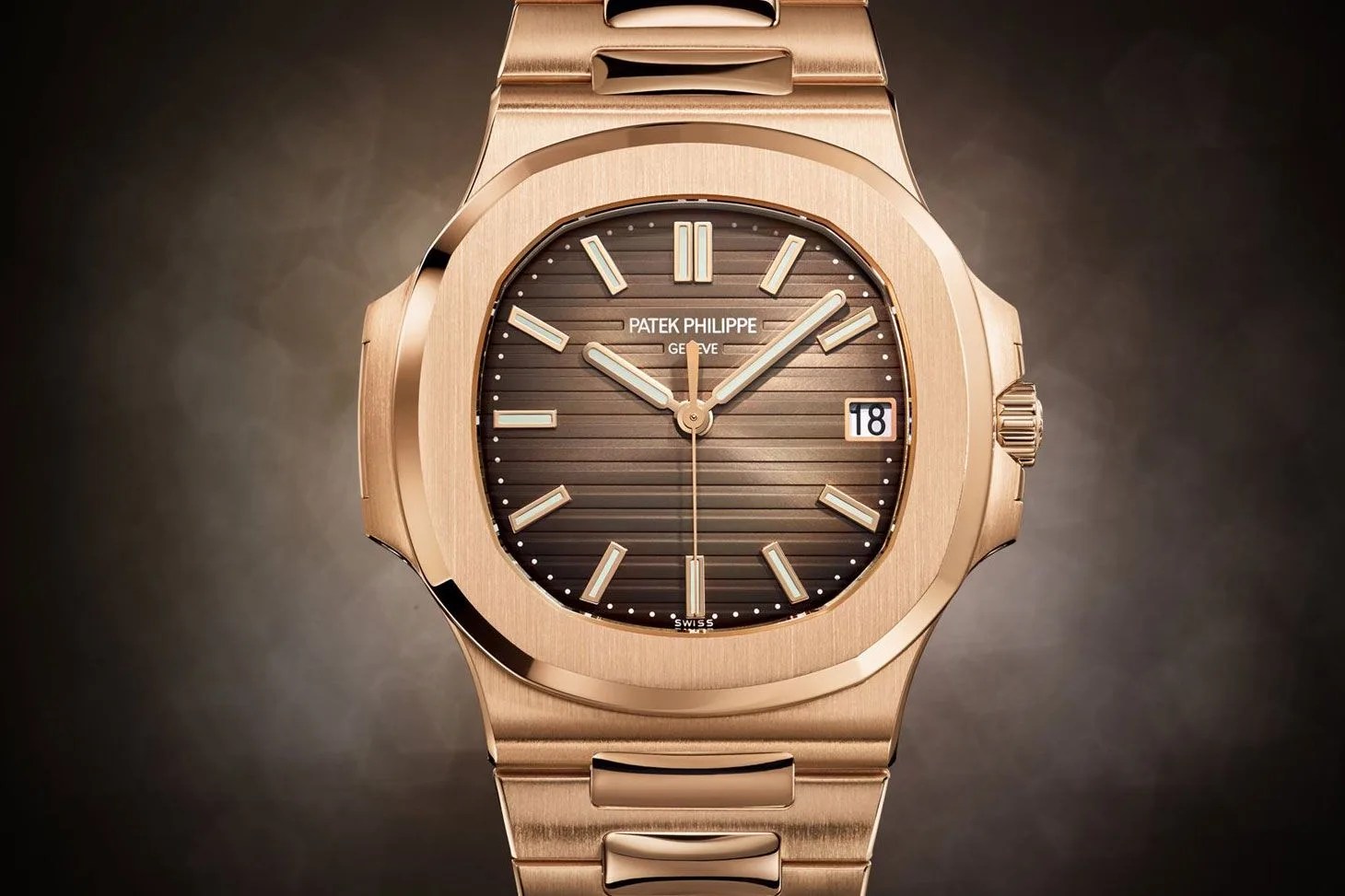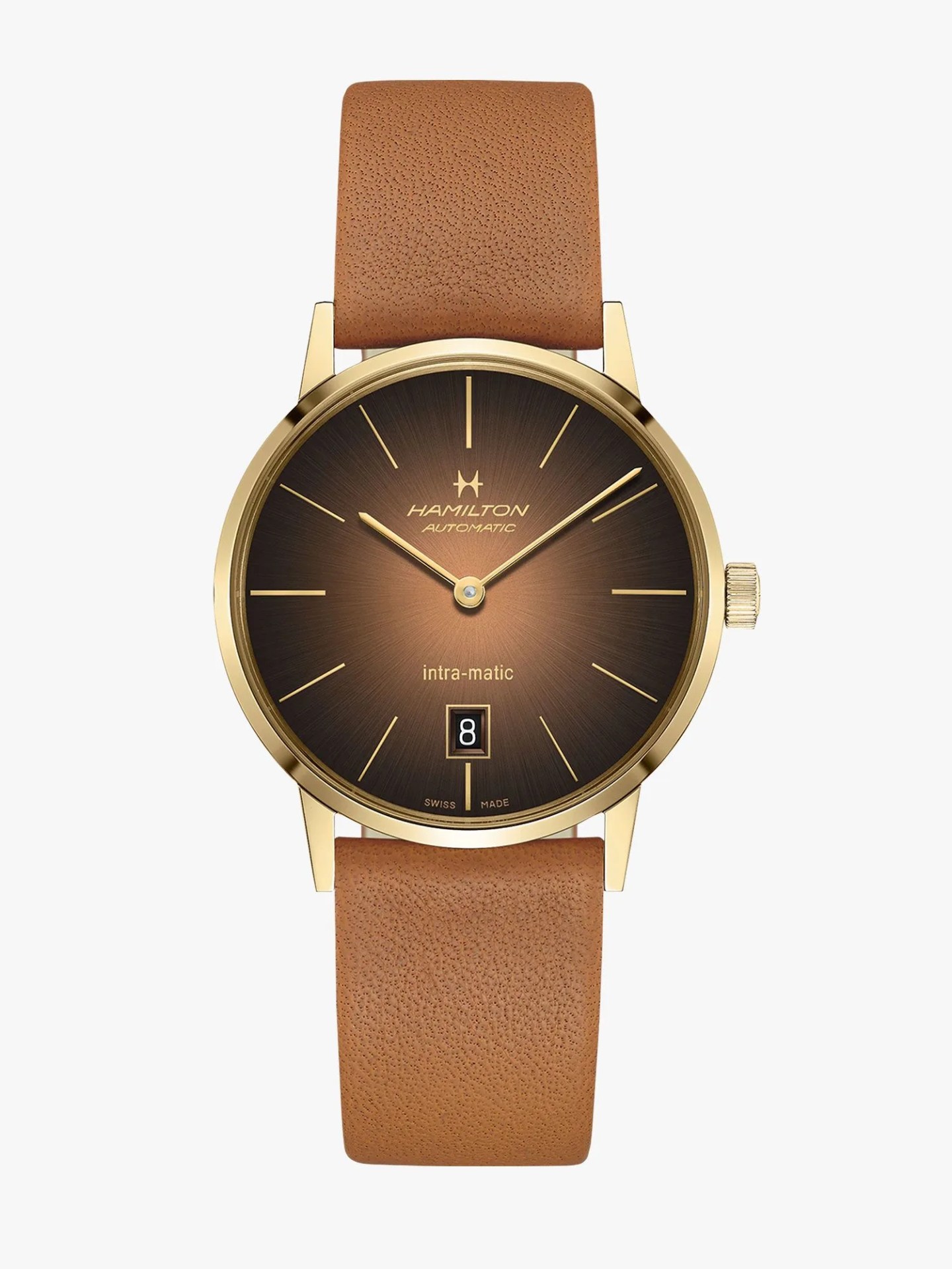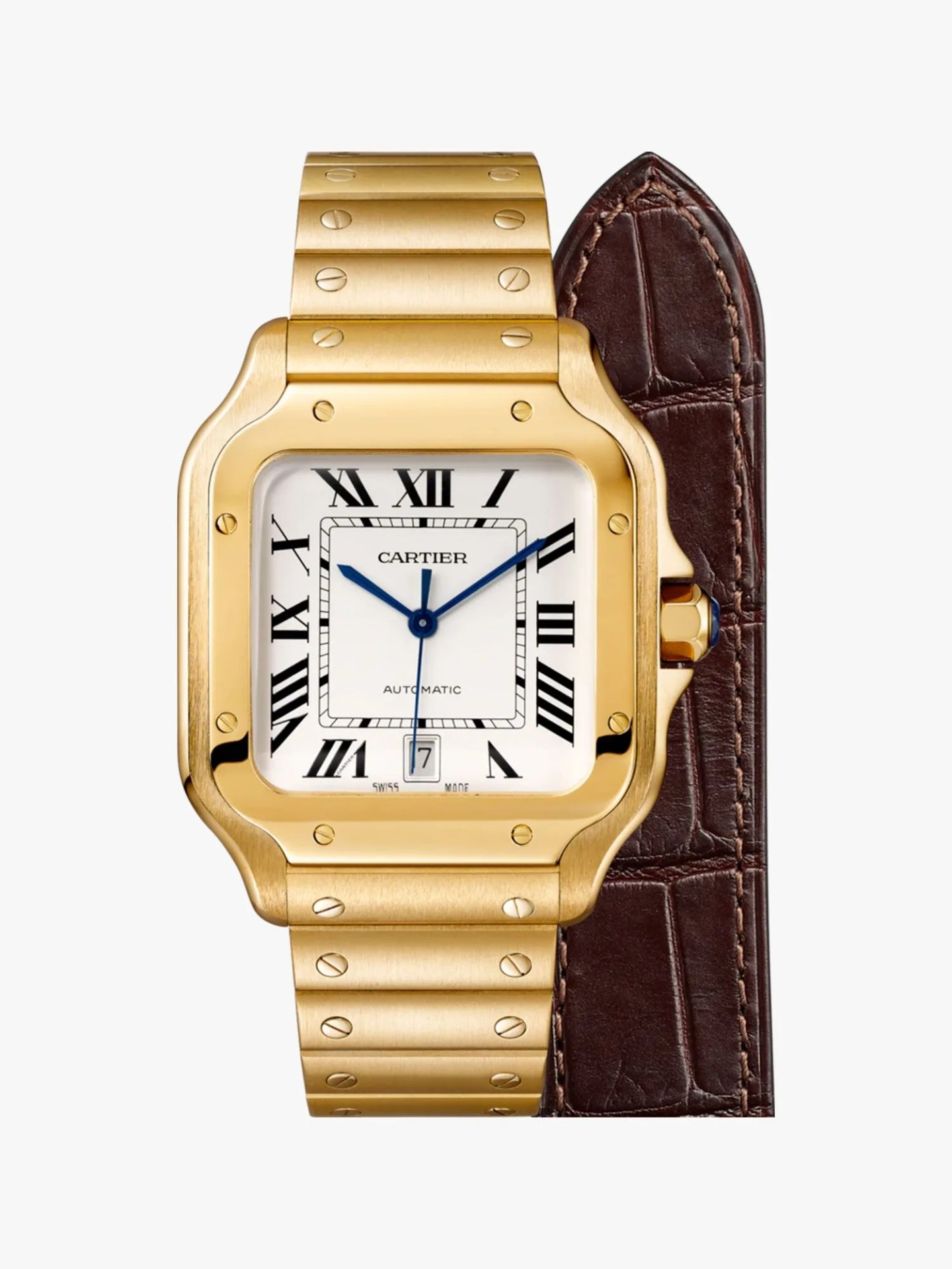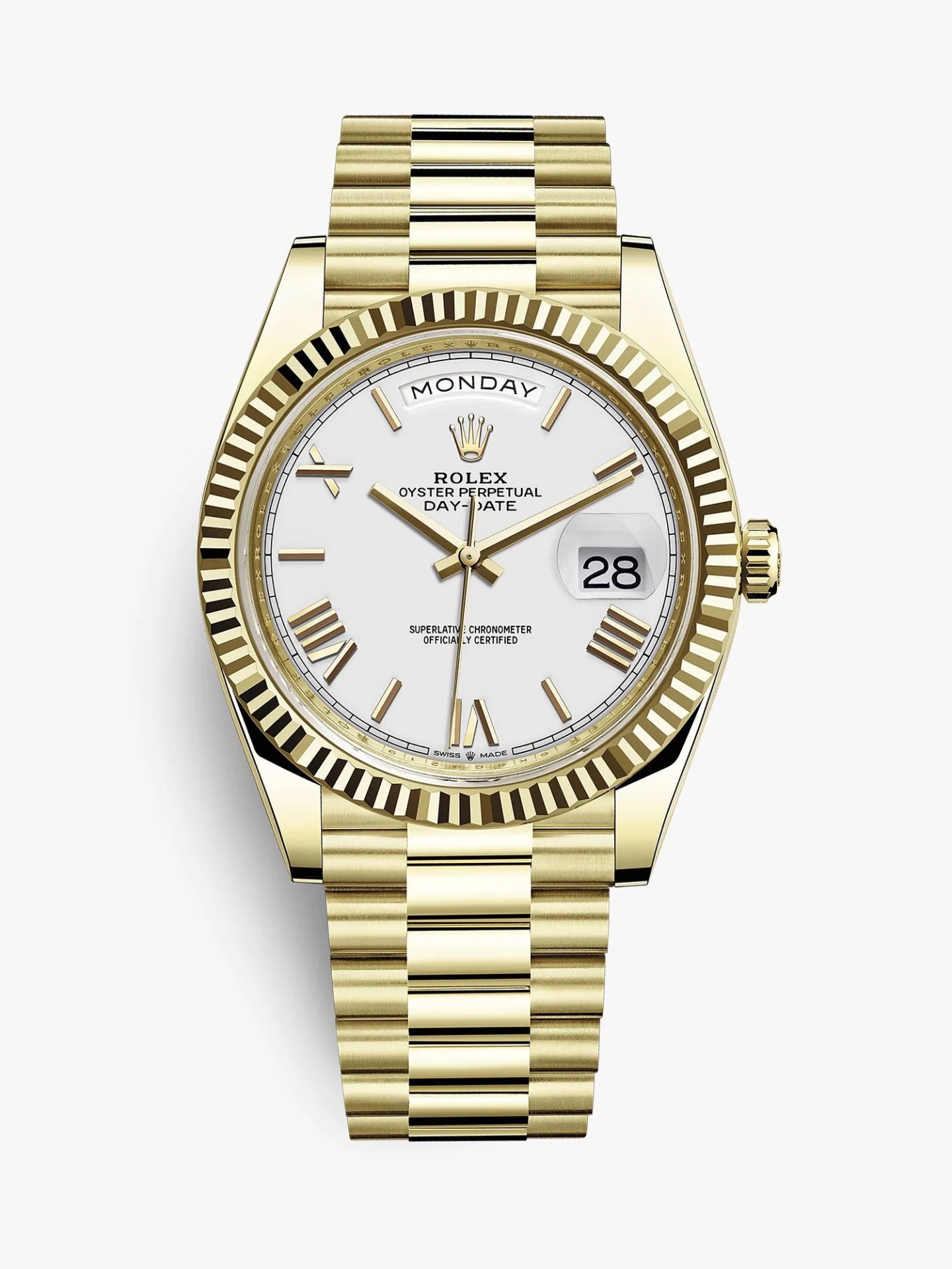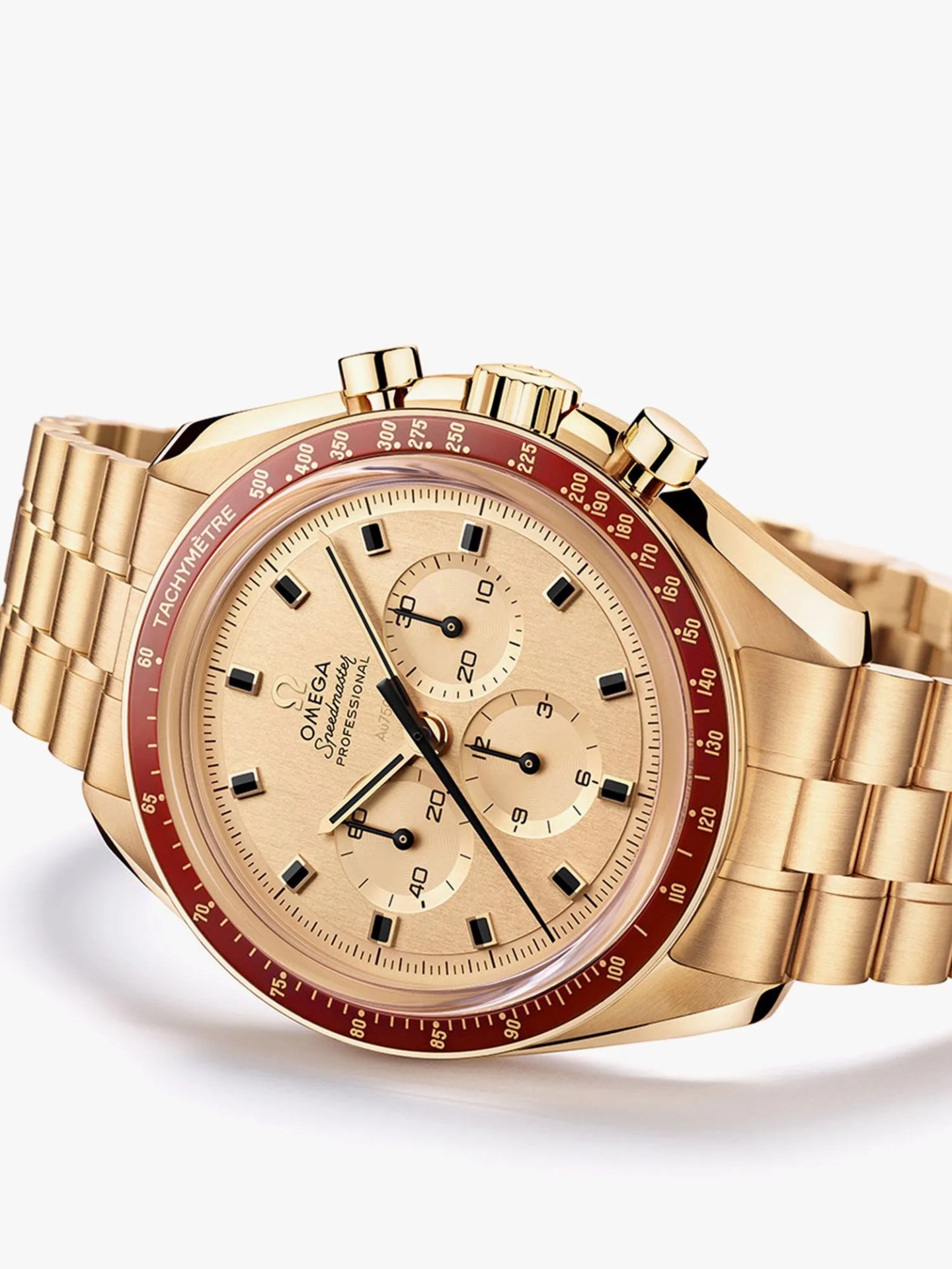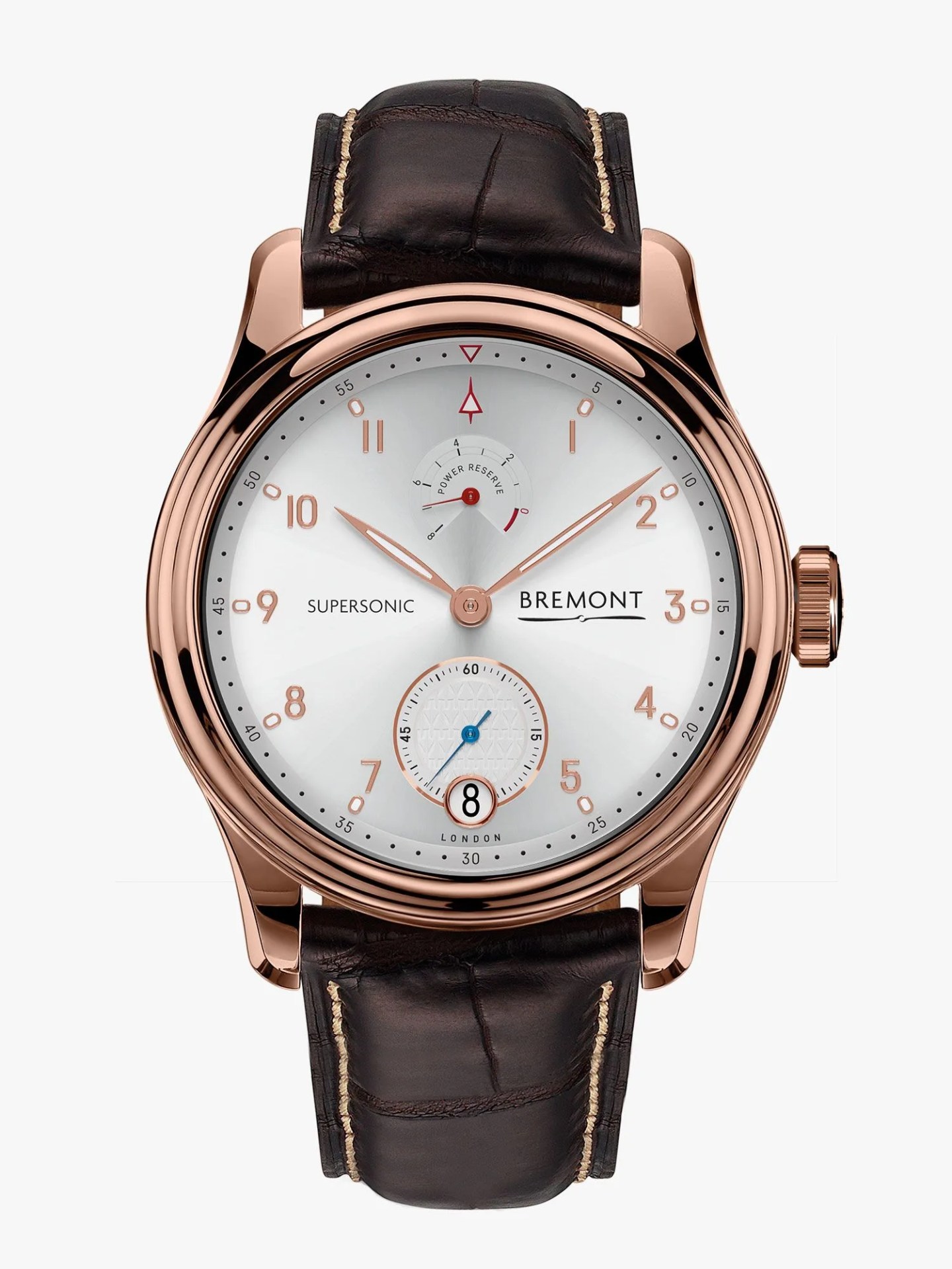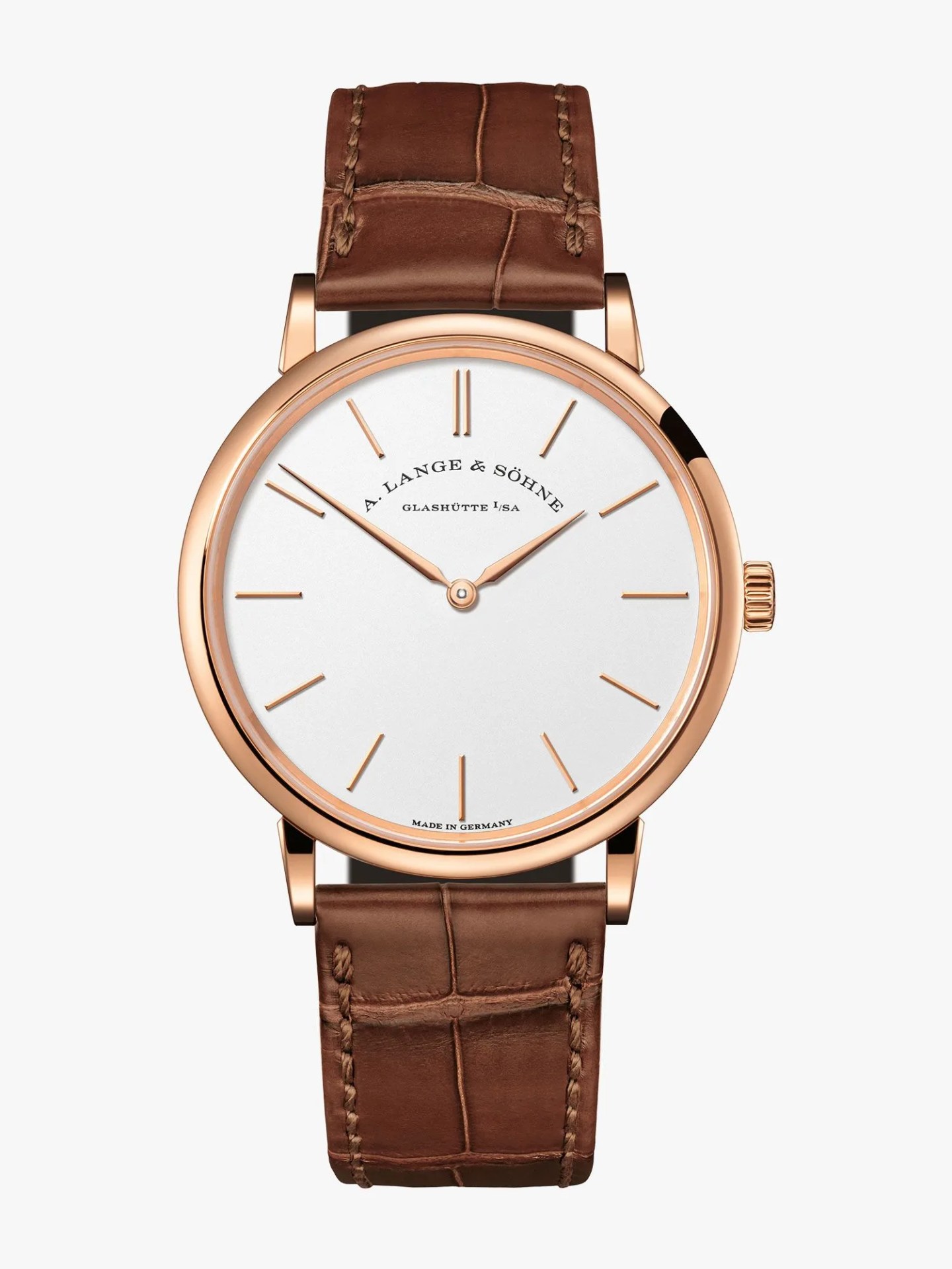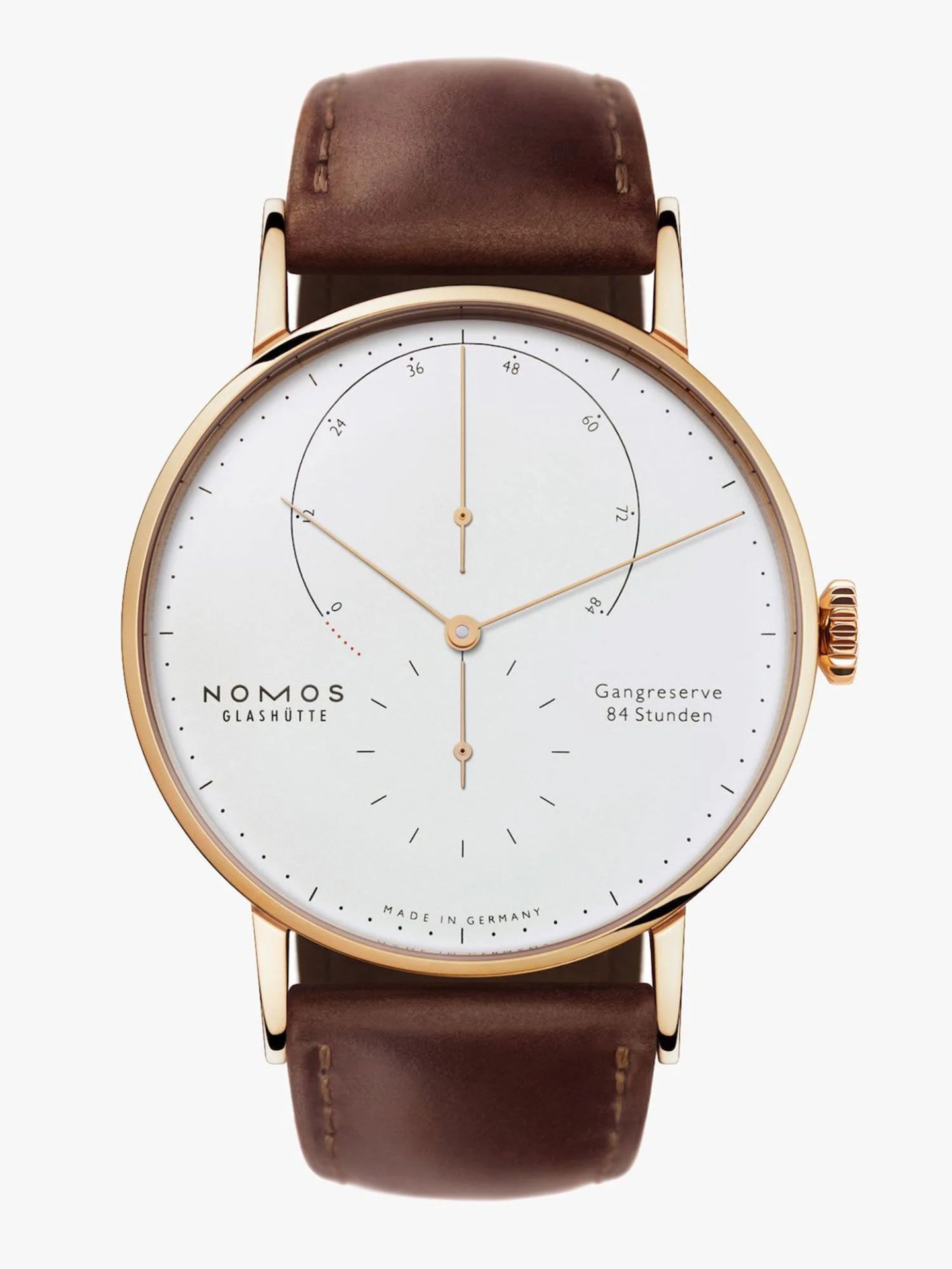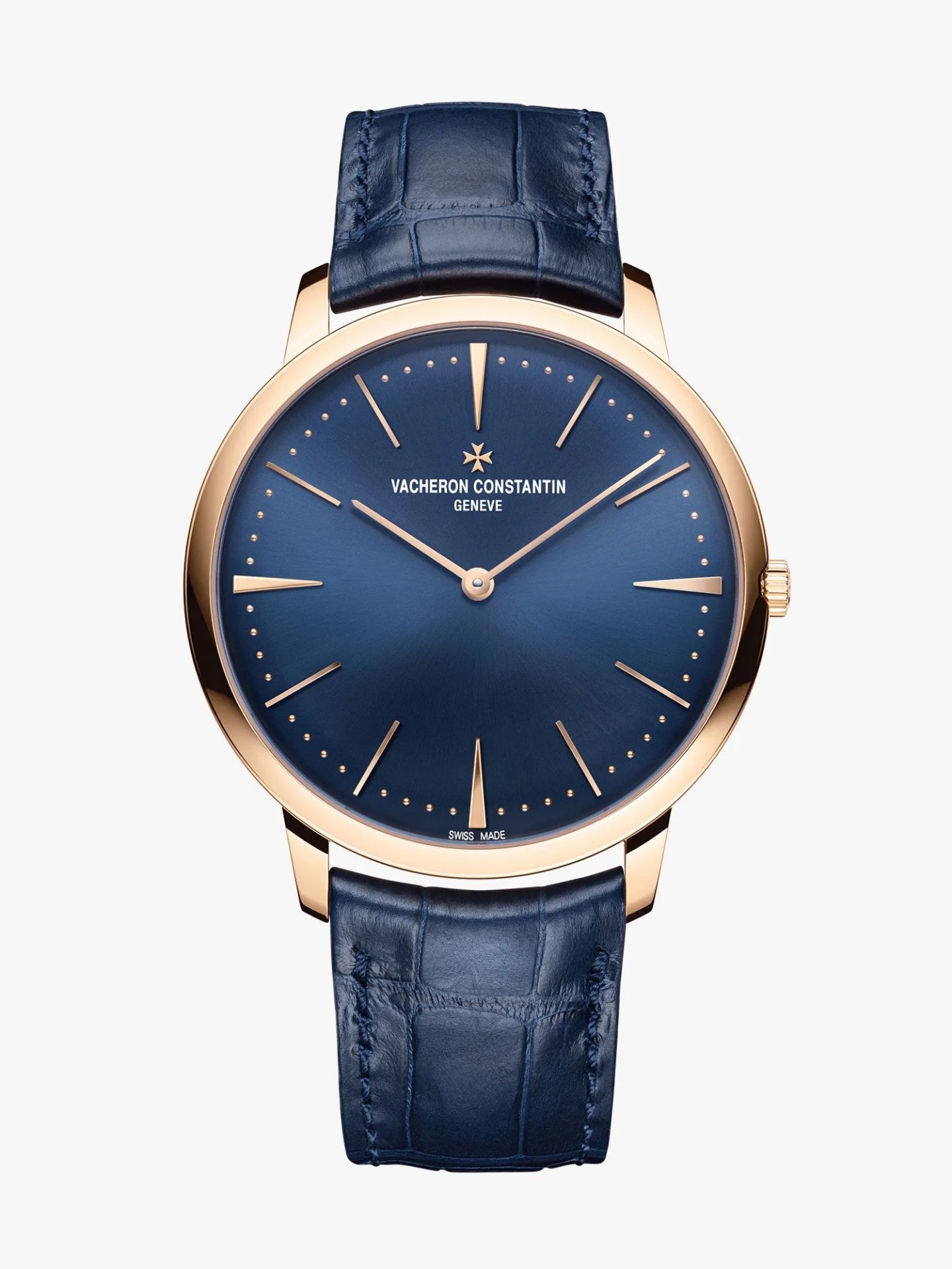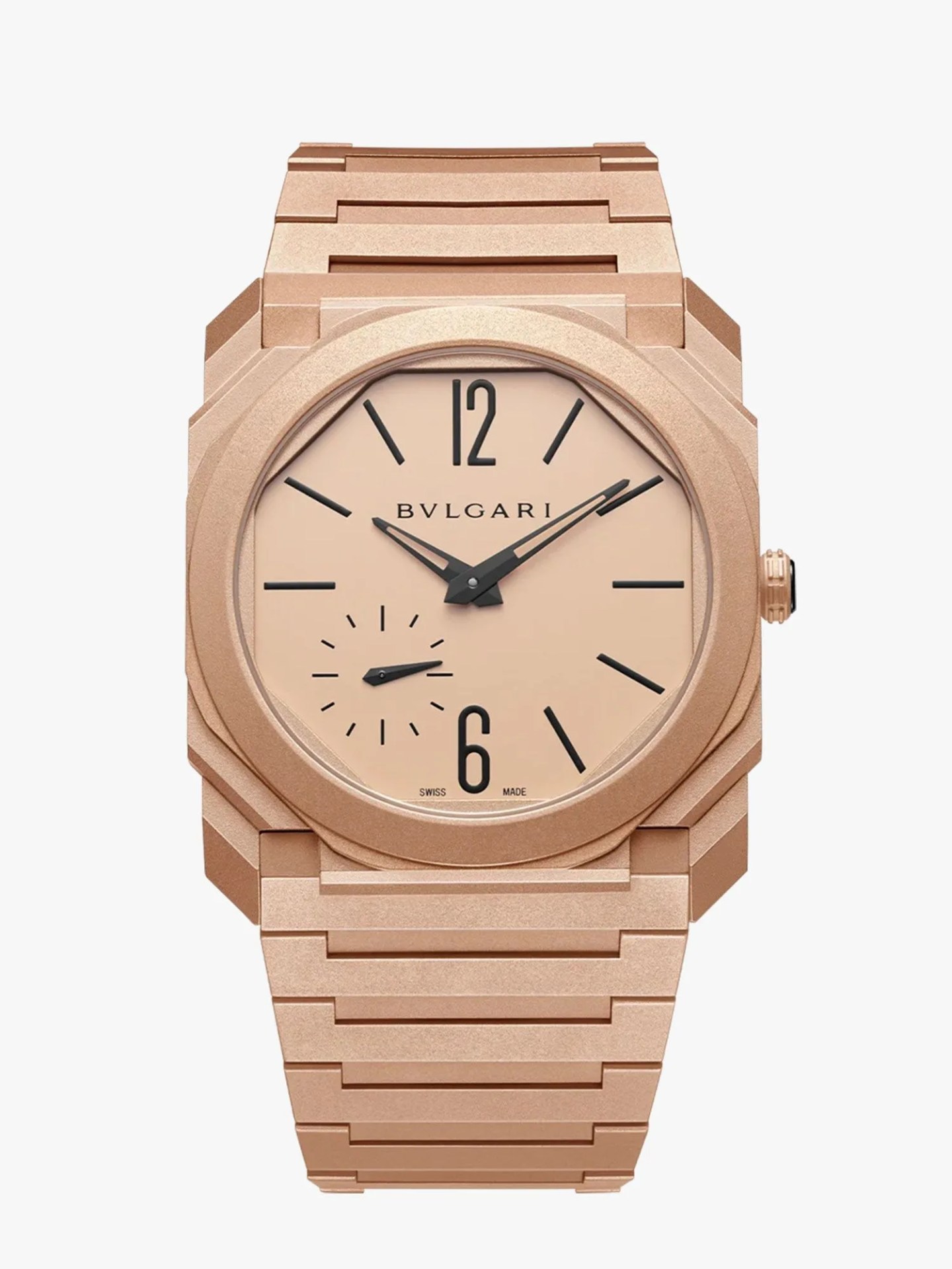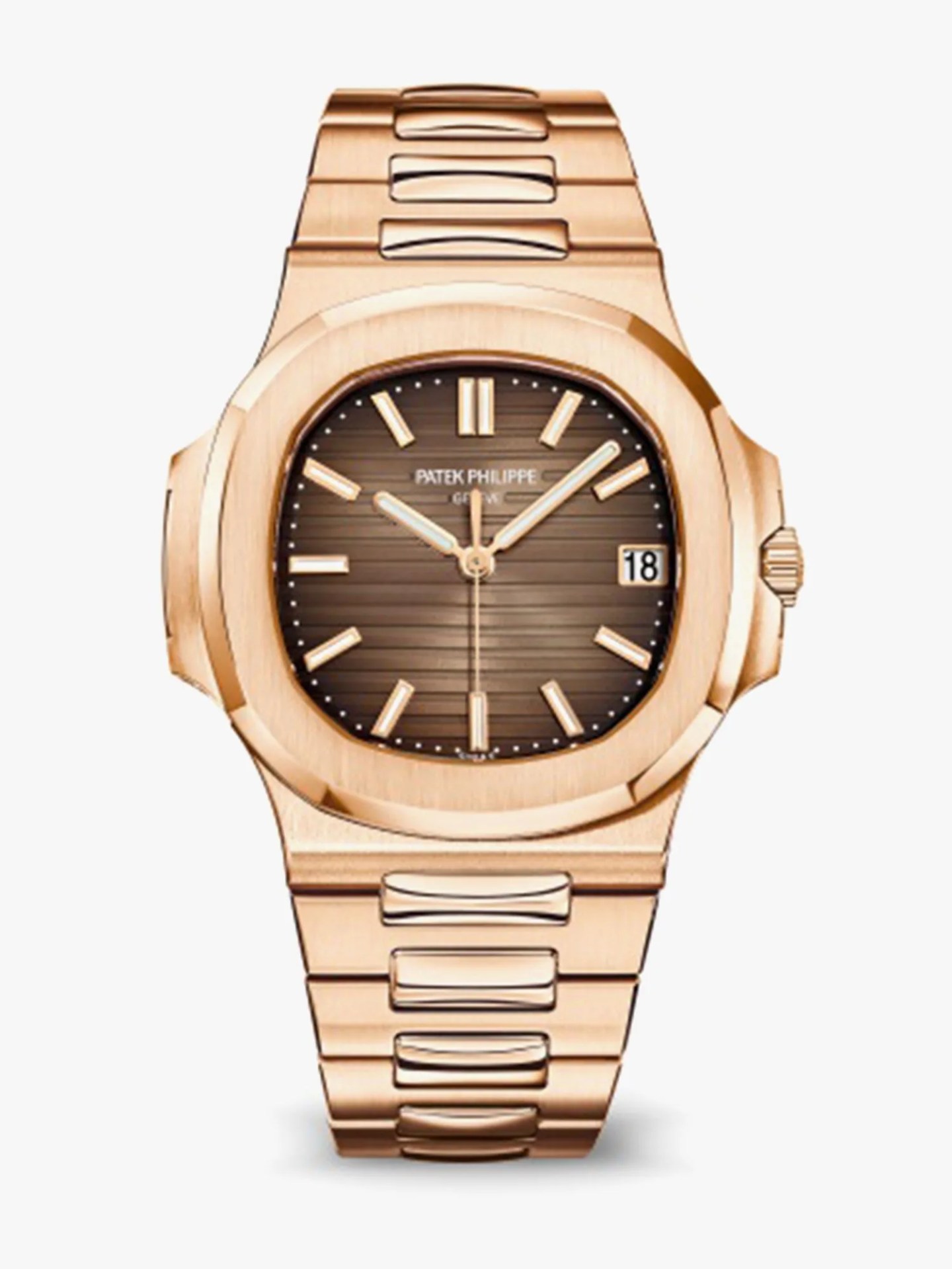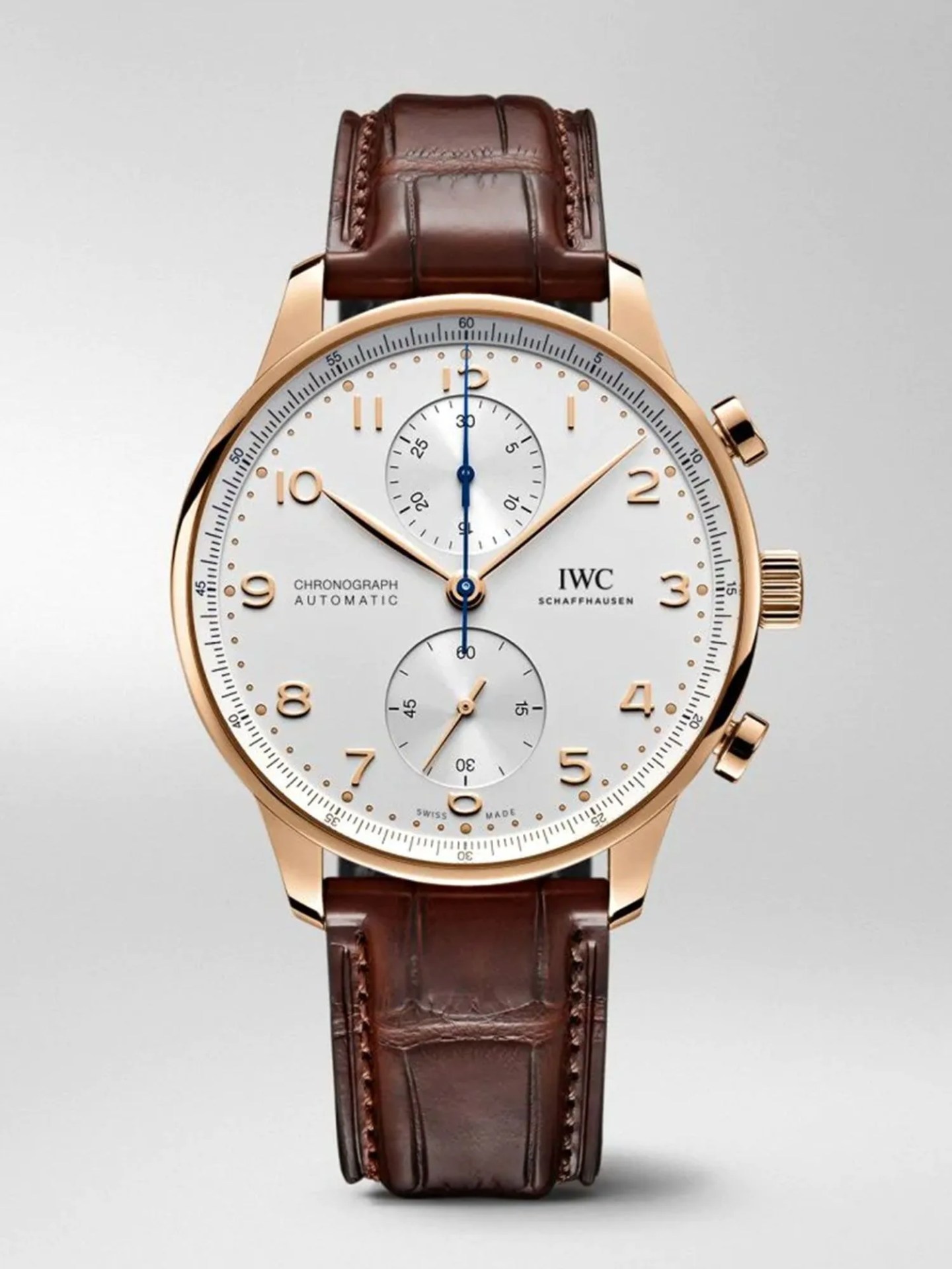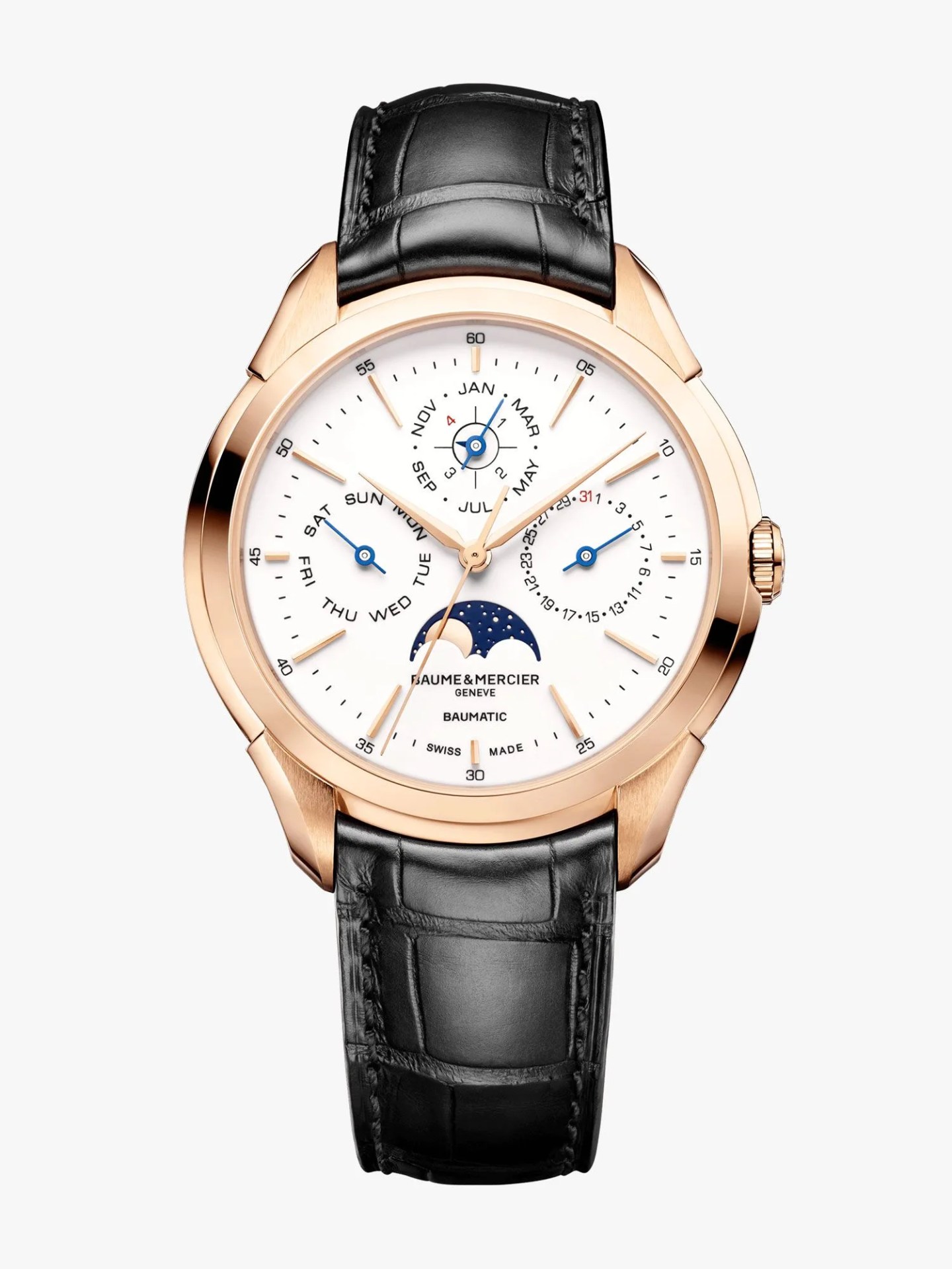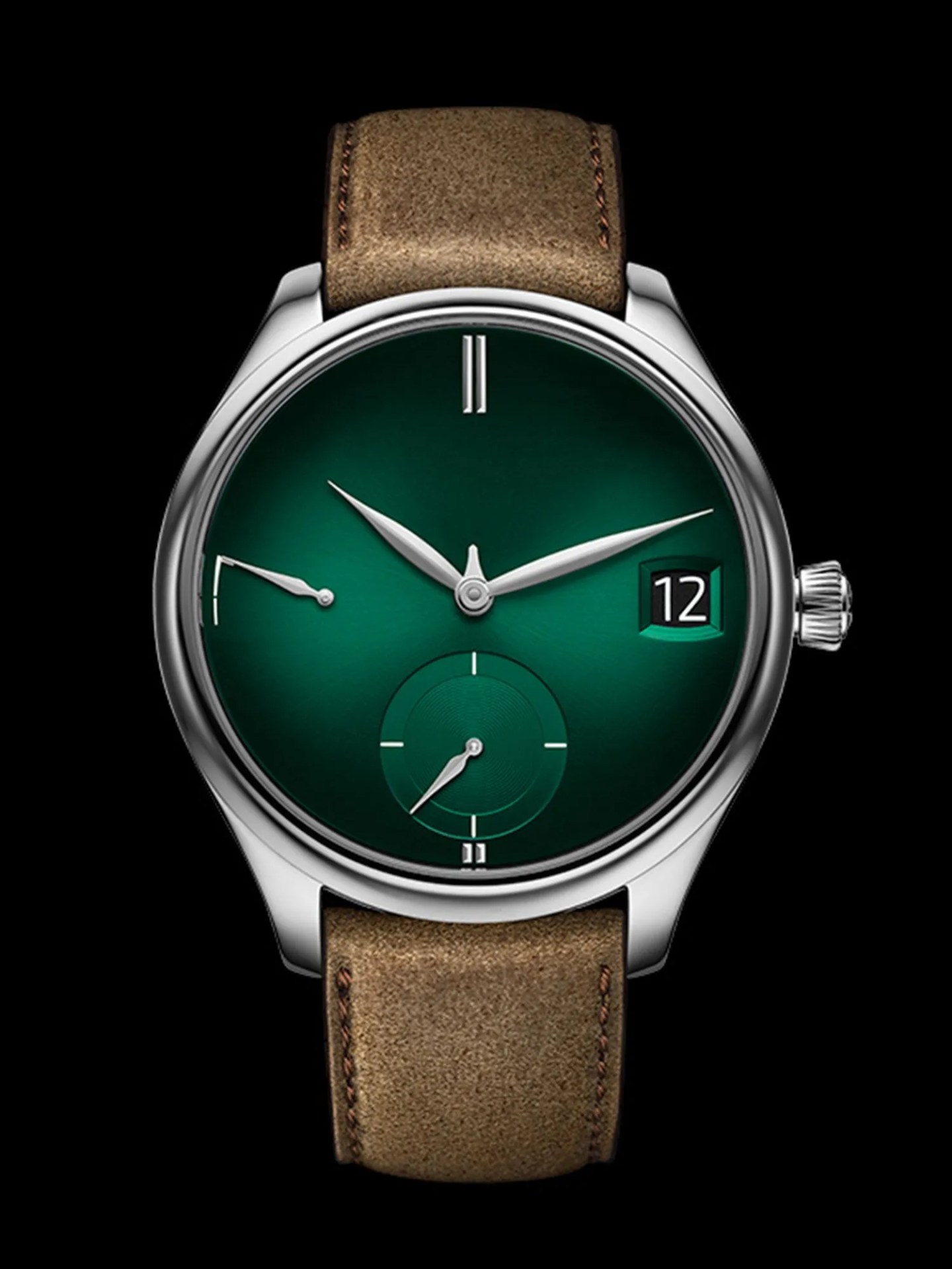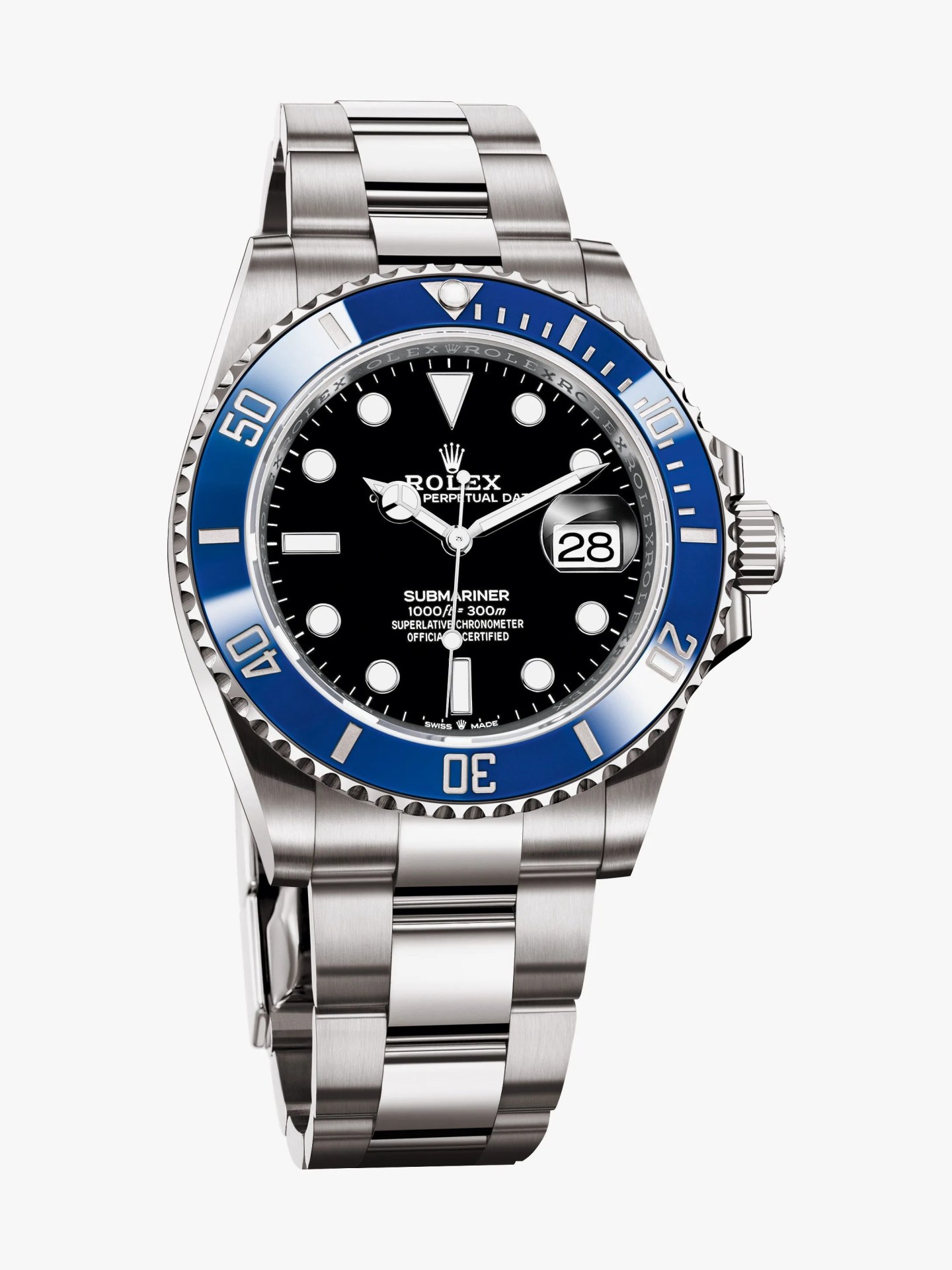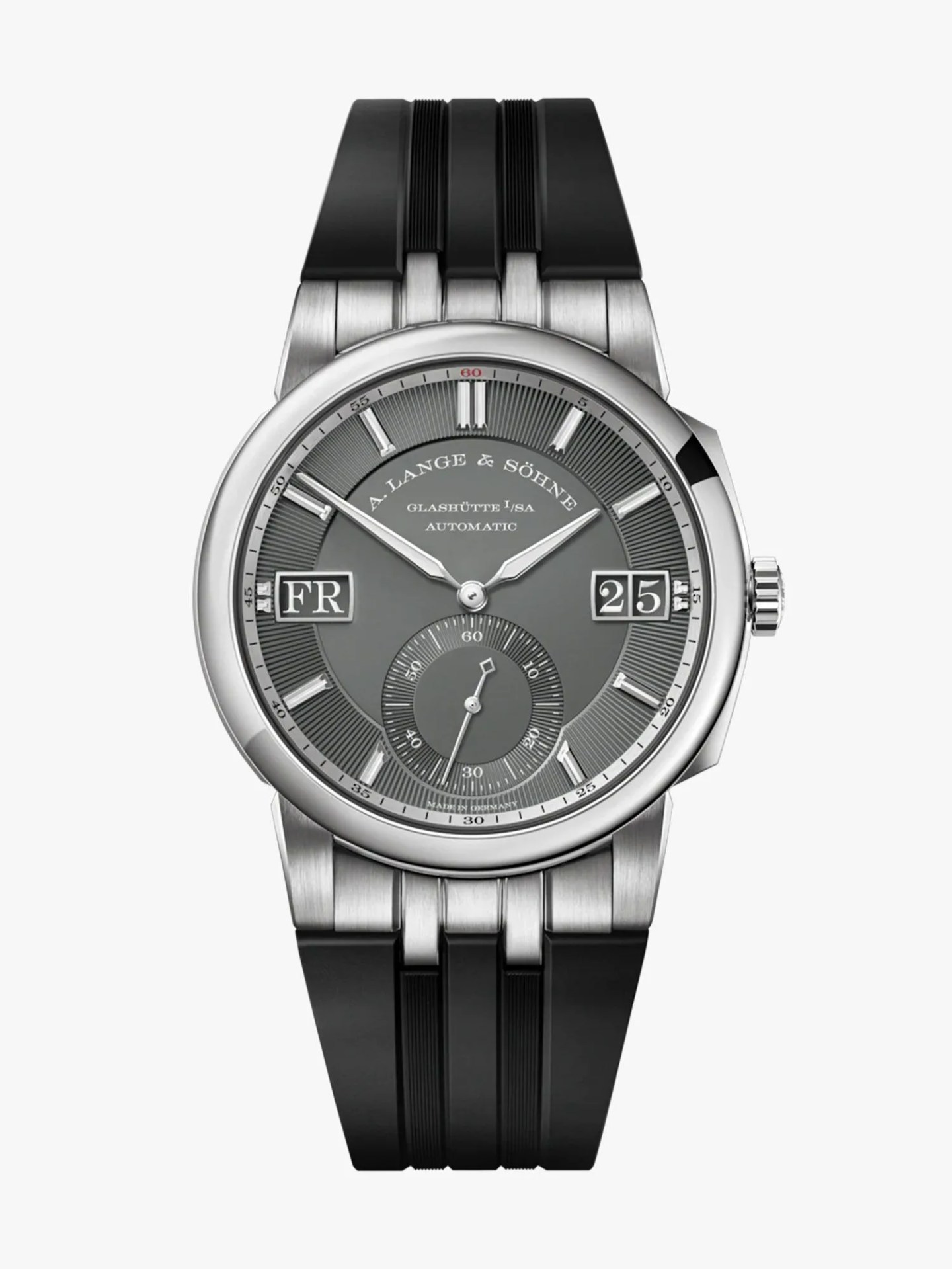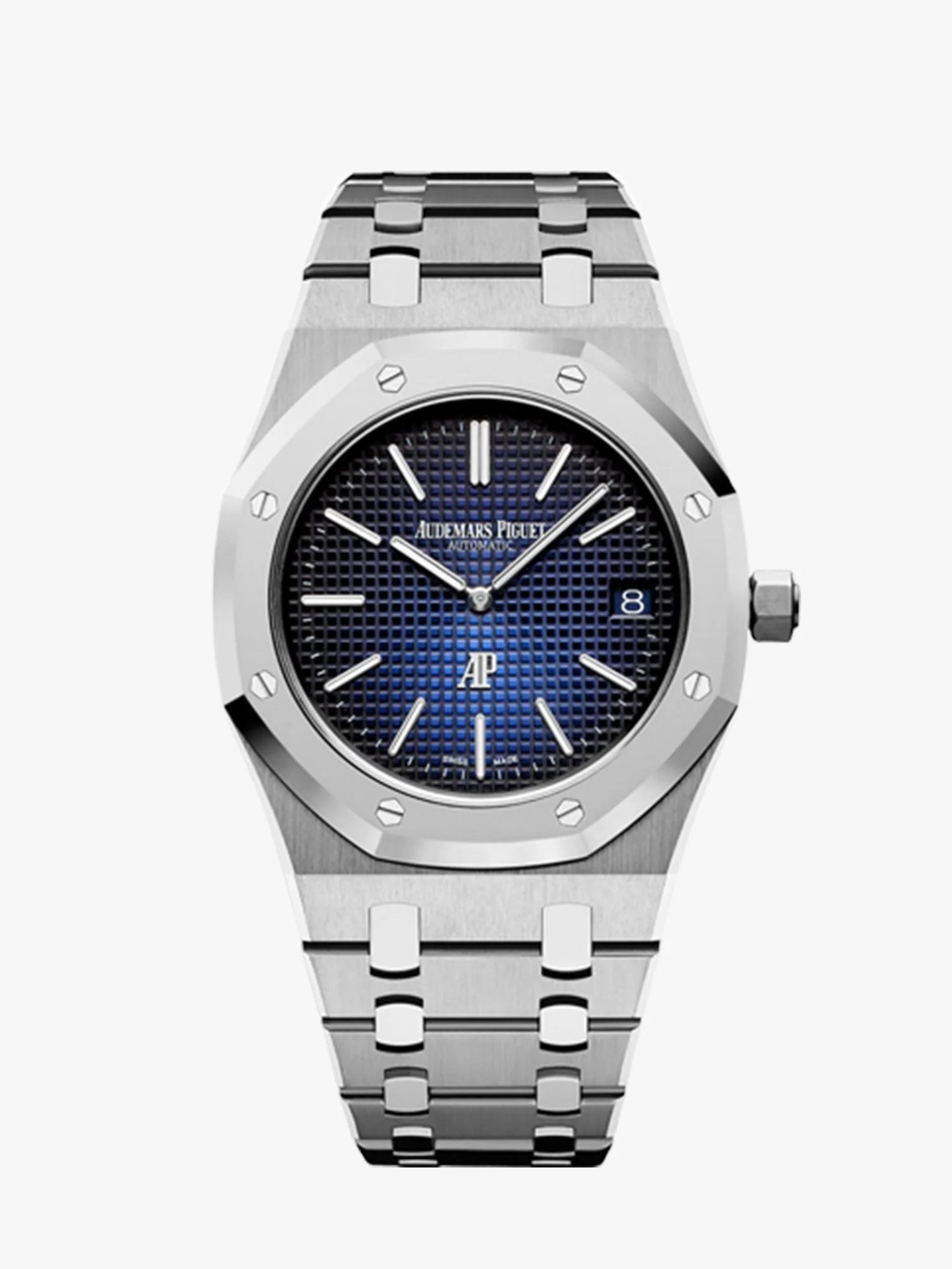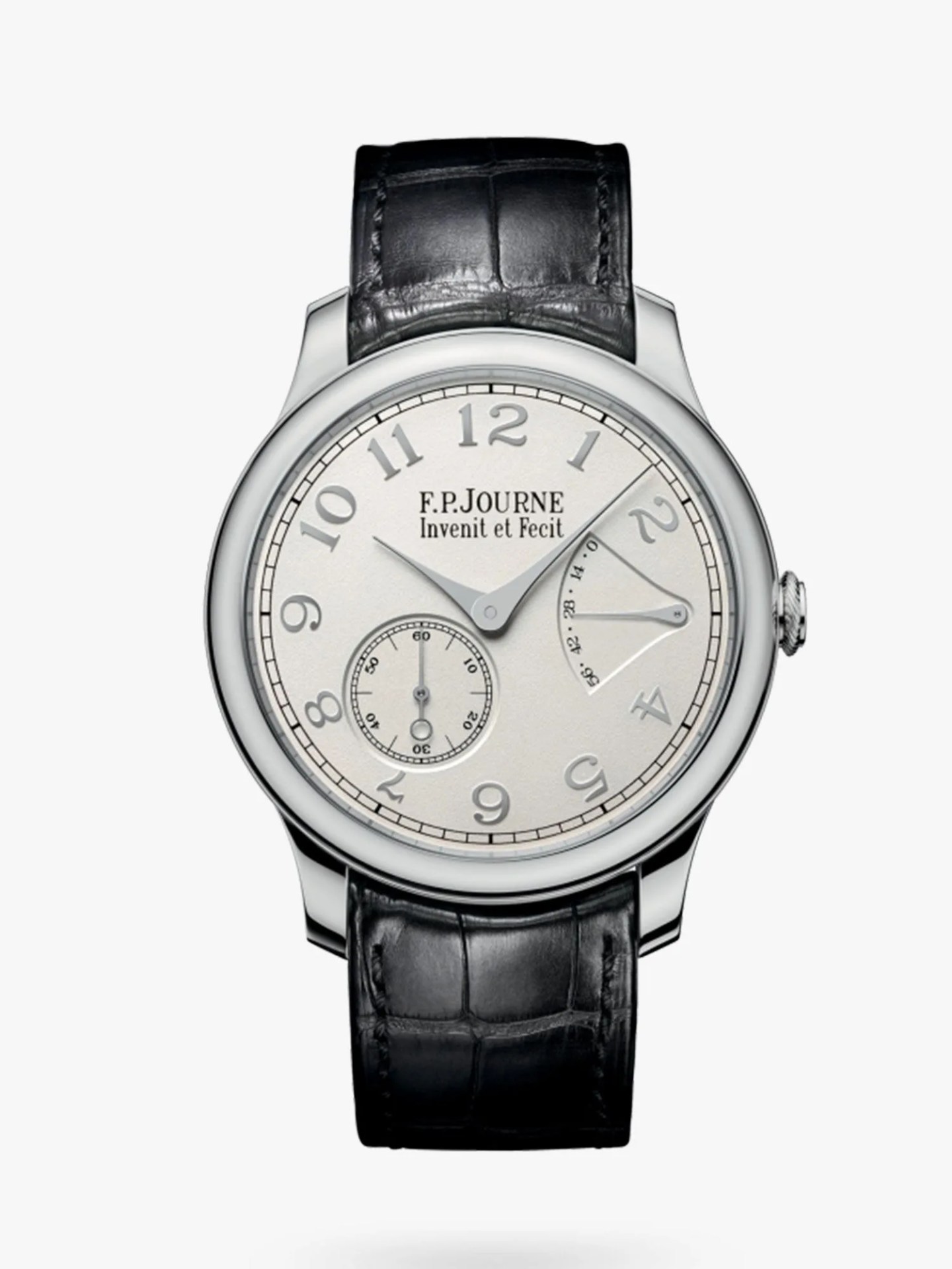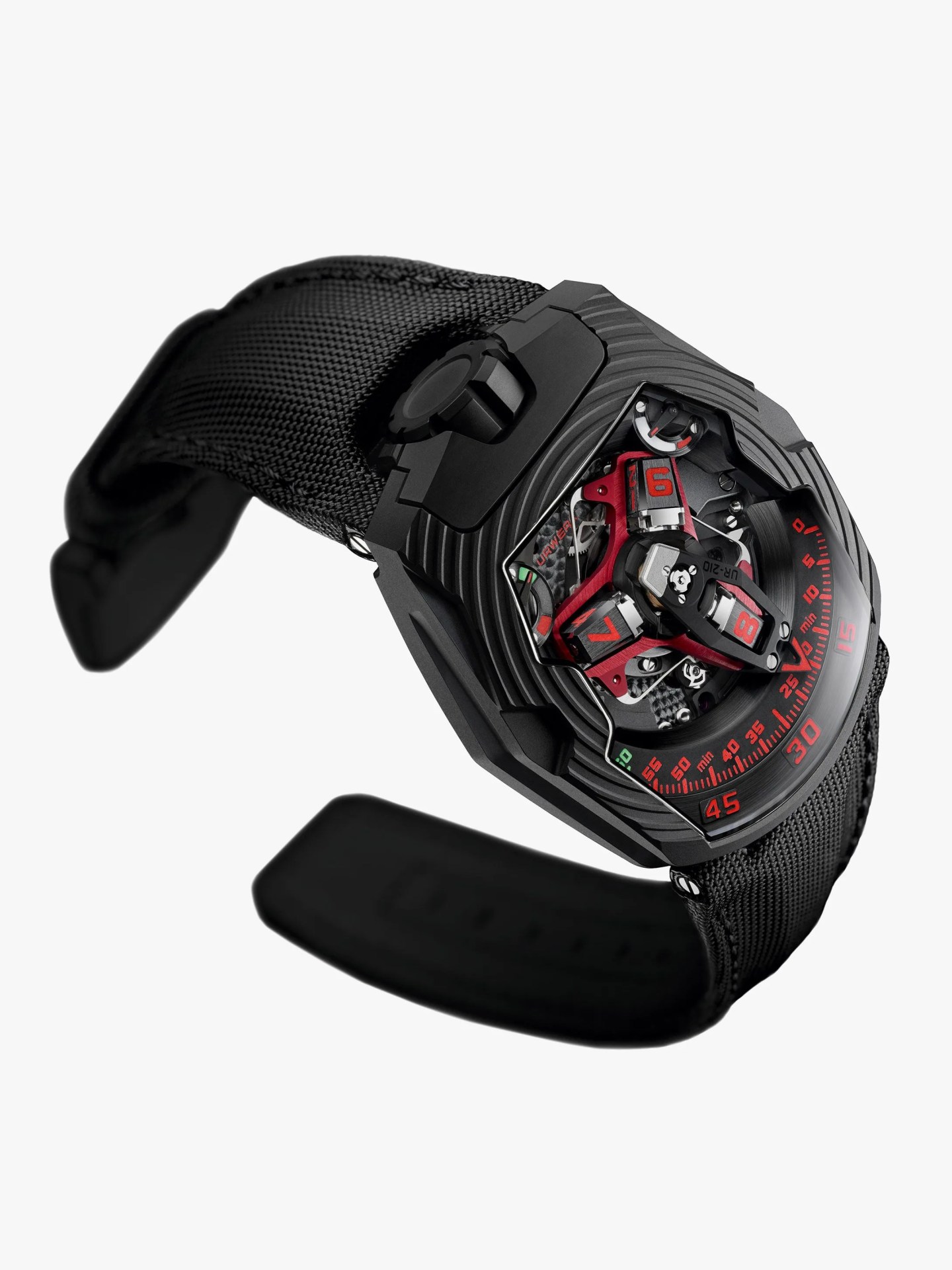Stainless steel is a wonder material. It’s an alloy, made resistant to corrosion, staining, scratching, and pitting by the addition of iron, chromium, and nickel. It’s hypoallergenic. Surgeons use it in scalpels; engineers use it to build bridges. As a modern material for watches, it’s the designer’s dream — tough, iconic, and relatively cheap.
But then again, nobody ever made a stainless steel calf and worshiped it, did they?
For all of gold’s faults — it’s soft, scratches easily, and is very heavy — the material is still the most iconic case material for a watch, hands down. Wear a big steel Rolex and you get in the room; wear a big gold Rolex, and you own the room. If Bruce Willis’s dad in Pulp Fiction had owned a stainless steel heirloom watch, do you really think Christopher Walken’s character would’ve hid it up his ass for five years? Five months, maybe. That’s the difference gold makes.
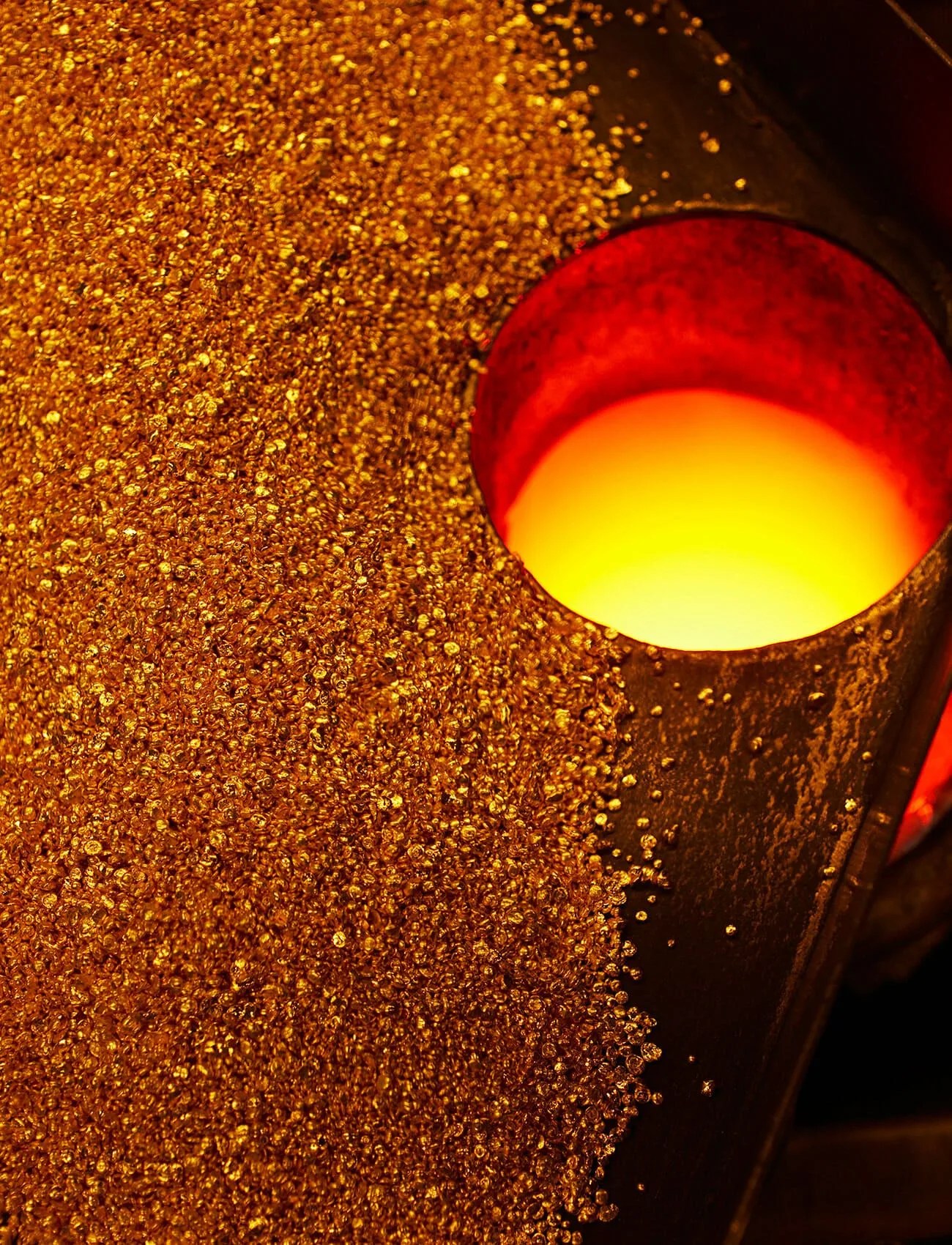 Rolex
RolexThe reasons why are simple. We talk a lot about watches as “heirloom pieces,” and a precious metal watch is the best way to pass on wealth: you are quite literally gifting a hunk of metal work lots of money in any currency. The value in a watch today doesn’t come from telling the time. Our phones do that now.
A watch is a piece of jewelry that you can also use. Wearing gold — or, if you’re really breaking the bank, platinum — jewelry, just like in the days of Canaan, is a statement of wealth. Today, it’s also a statement of fashion. And, if your gold watch is from one of the best watchmakers in the world, as these are, you’re also making a statement about your love of timekeeping. These are our favorite timepieces in yellow, pink, red, and white gold — oh, and platinum, too.
